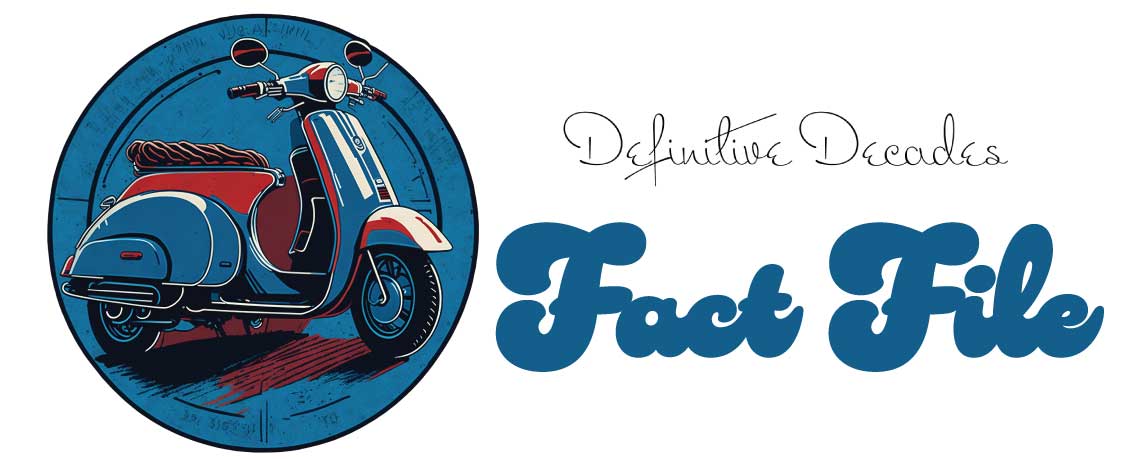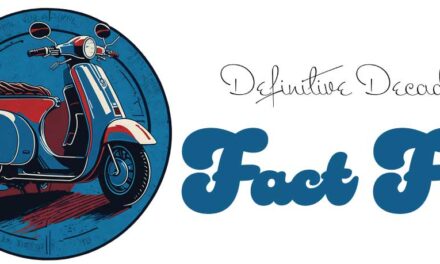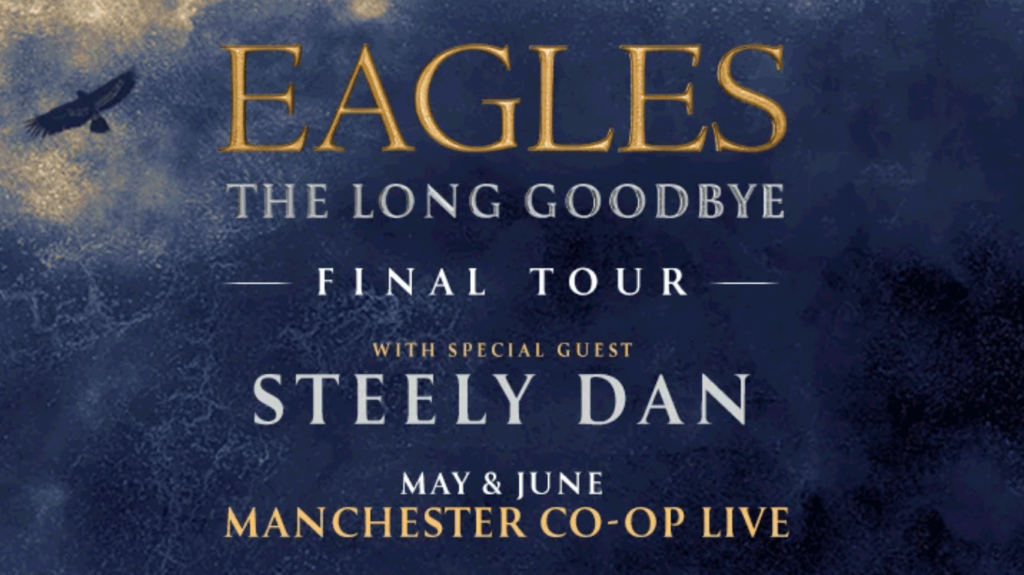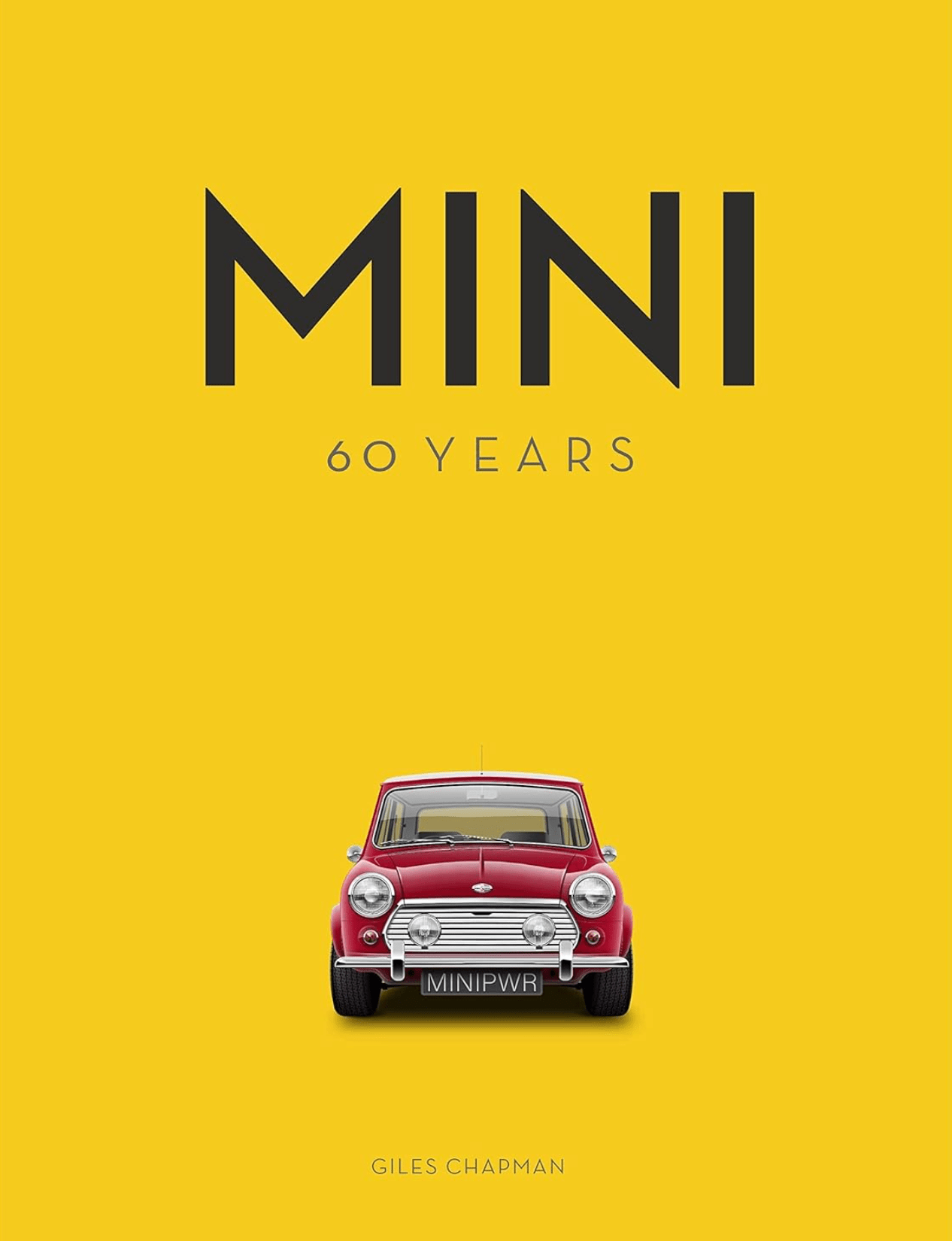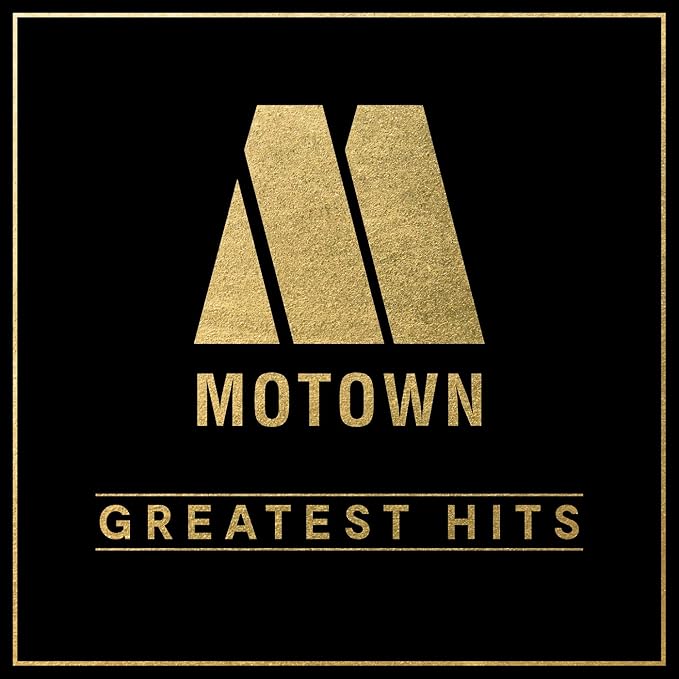The Battle of Britain: A Historic Epic in Film
Released in 1969, “Battle of Britain” is a war film that expertly blends thrilling action with captivating storytelling. Directed by Guy Hamilton, this World War II drama takes on the iconic battle between the Royal Air Force (RAF) and the German Luftwaffe, which played a pivotal role in the war and the eventual triumph of the Allies. The film’s release came at a time when the memory of that monumental battle was still fresh in the minds of many, and it aimed to commemorate the heroes who fought in the skies over Britain.
Guy Hamilton, an experienced director known for his work on several James Bond films, brings his expertise in action and suspense to “Battle of Britain”. The screenplay was written by James Kennaway and Wilfred Greatorex, while the production was handled by United Artists, a renowned studio that has produced numerous classic films throughout history.
Set in 1940 during the early stages of World War II, the film introduces viewers to a group of RAF pilots stationed in Southern England. With the threat of German invasion looming, the RAF must defend Britain’s skies from the Luftwaffe’s relentless bombing campaign. The main characters include Squadron Leader Skipper (played by Kenneth More), Wing Commander Willoughby (Laurence Olivier), and Squadron Leader Harvey (Christopher Plummer). The central conflict of the film revolves around these courageous pilots’ determination to defend their homeland against overwhelming odds.
The casting of “Battle of Britain” is a notable highlight, as it features a stellar ensemble of British acting talent. Kenneth More, who had previously starred in war epics like “The Dam Busters”, delivers a commanding performance as Squadron Leader Skipper. Laurence Olivier, a legendary actor known for his Shakespearean roles, lends his distinguished presence to the film as Wing Commander Willoughby. Christopher Plummer, fresh off his success in “The Sound of Music”, brings depth and intensity to the character of Squadron Leader Harvey. Other notable actors involved in the film include Michael Caine, Trevor Howard, and Ian McShane.
Upon its release, “Battle of Britain” received critical acclaim for its spectacular aerial sequences and realistic portrayal of the war. Audiences were captivated by the film’s stunning dogfights and were emotionally invested in the characters’ struggles and sacrifices. The movie was praised for its historical accuracy and attention to detail, with many veterans of the battle commending the filmmakers for their efforts to accurately depict the events of that time.
In addition to its critical success, “Battle of Britain” also achieved box office success, becoming one of the highest-grossing films of 1969. Its impact on popular culture was substantial, influencing subsequent war films and aviation-themed movies for years to come. The film’s iconic aerial sequences, filmed with real vintage aircraft, have become indelibly etched in the minds of audiences and aviation enthusiasts alike.
The legacy of “Battle of Britain” extends beyond its initial release. The film has continued to resonate with audiences and has even garnered a dedicated following. While no direct sequels or prequels were made, its enduring popularity led to the creation of related media, including documentaries and books about the battle.
In conclusion, “Battle of Britain” stands as a monumental war film that respectfully commemorates the historic events of the epic battle. Its gripping storytelling, remarkable cast, and breathtaking aerial sequences make it a timeless classic. Whether one is a history buff or simply a fan of thrilling cinema, this movie’s impact on both culture and the war film genre remains undeniable.

